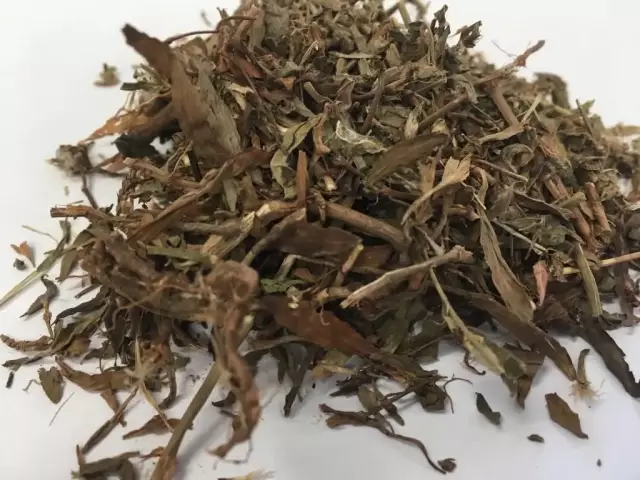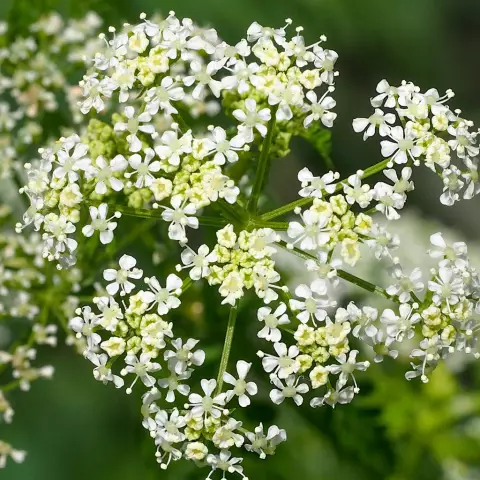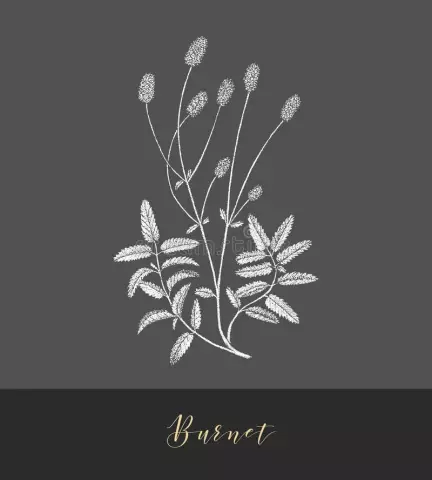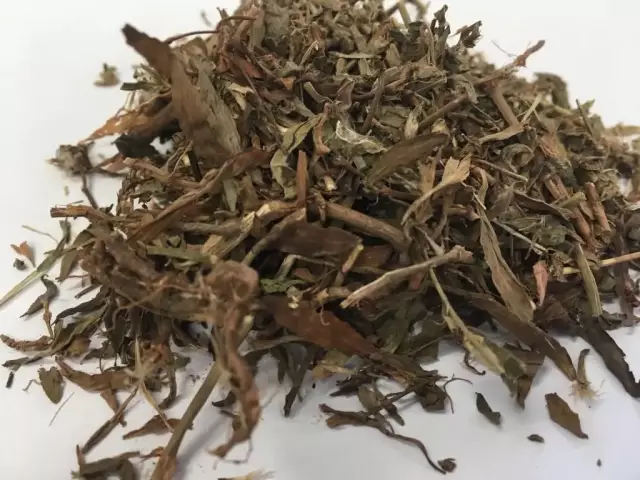- Author Rachel Wainwright [email protected].
- Public 2023-12-15 07:39.
- Last modified 2025-11-02 20:14.
Bird highlander
Instructions for use:
- 1. Pharmacological action
- 2. Release form
- 3. Indications for Highlander's use
- 4. Method of application

Highlander bird is a phytopreparation with antispasmodic, diuretic, and litholytic action, most often used in the treatment of urolithiasis.
Popular names: grass-murava, knotweed, goose grass, bird buckwheat, wasteland grass, trample-grass, gosyatnitsa, kuro-eater.
Highlander's grass is a low annual herb that thrives on well-fertilized soil. Being resistant to trampling, it can grow almost everywhere: on wastelands and in yards, on dry pastures and places littered with people. This is a cosmopolitan plant, it can be found on all continents, except for the Arctic and Antarctica.
It is widely used as feed for poultry. Many people add this healthy "weeds" to summer salads, mashed potatoes and soups, and in the culinary traditions of Asian peoples it is used as a pie filling.
The plant has a branched erect stem with strongly pronounced nodes. The root is poorly branched, taproot. The flowers and leaves of the grass are small. The fruits look like a nut, black or brown, and begin to ripen from the middle of summer.
Gathering and harvesting the grass of the Highlander bird from June to September, during active flowering. Dry mainly in artificially heated dryers or in rooms with good ventilation. When the stems become brittle, drying is stopped, and the grass is cleaned of darkened leaves and impurities.
The collected herb, if stored correctly, retains its medicinal properties for 3 years.
Highlander's herb contains many nutrients. These are vitamins K and E, ascorbic acid, carotene, fats, carbohydrates, avicularin, flavonol glycoside, silicic acid with its soluble compounds, and tannins.
pharmachologic effect
The pharmacological action of the Highlander bird is due to the content of biologically active compounds in the plant.
The plant has anti-inflammatory, diuretic, anti-putrefactive, tonic, diaphoretic, astringent action, prevents the formation of urinary stones, increases the contractile activity of the uterus. It is widely used in both traditional and folk medicine of different nations.
Release form
The dried grass of the Mountaineer bird is produced in cardboard boxes of 50 g or 100 g.
Indications for the use of Highlander bird
Highlander is used internally:
- With urolithiasis in the initial period, as a remedy that helps the discharge of small stones. In the postoperative period after removal of stones, it is used as an anti-relapse agent;
- For chronic diseases of the urinary tract;
- With diseases of the gastrointestinal tract, such as gastric and duodenal ulcers, gastritis with low or high acidity, as well as with inflammation of the gastric mucosa;
- With liver diseases;
- With uterine (with uterine fibroids, after childbirth or abortion) and hemorrhoidal bleeding;
- In the complex treatment of malaria and tuberculosis;
- With inflammation of the oral mucosa;
- With respiratory tract diseases;
- As a tonic and tonic.
Knotweed can also be used externally - for the treatment of ulcers of various etymologies, wounds and bruises.
It should be used with caution in children under 12 years of age, with thrombophlebitis, varicose veins, angina pectoris and hypertension.
It is contraindicated to use the herb of Highlander bird during pregnancy, increased blood coagulability and in acute diseases of the kidneys and bladder.
Mode of application

An infusion is prepared for the use of Highlander bird. To do this, 1 glass of herbs is brewed with 1 liter of boiling water and infused for 2 hours. Assign 1 / 2-1 / 4 glasses 2-3 times a day before meals. The course of treatment is 20-25 days. Preparation and administration methods may vary depending on the disease. The finished solution is stored for no more than two days in a cool place.
It is also possible to prepare an alcoholic infusion.
For external use, use lotions from the steam of fresh grass.
Knotweed is often used in various blood-purifying and pulmonary medicinal preparations in combination with other plants. It is part of the Zdrenko collection as a symptomatic agent in the treatment of oncological diseases.
The use of the Highlander bird does not exclude treatment with other drugs.
Information about the drug is generalized, provided for informational purposes only and does not replace the official instructions. Self-medication is hazardous to health!






